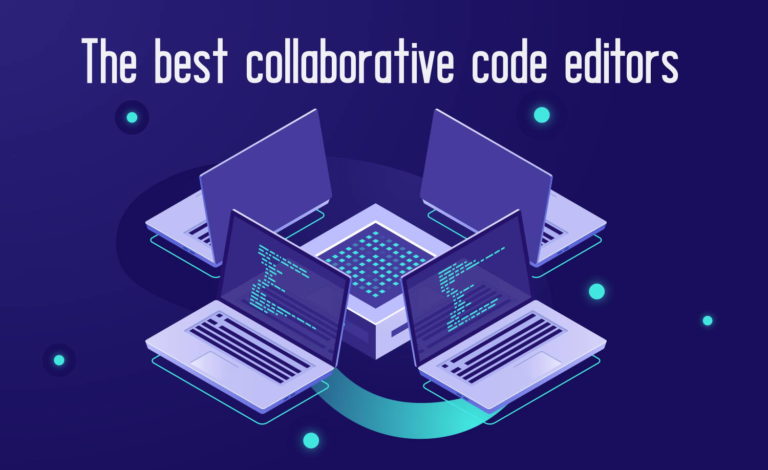Free and open-source software (FOSS) has become a cornerstone of the digital age. Unlike proprietary software with its locked-away code and restrictive licenses, FOSS thrives on transparency and collaboration. This software’s source code is freely available, allowing anyone to inspect, modify, and distribute it. This fosters a vibrant community of developers who contribute their expertise, leading to faster innovation and a wider range of software solutions.
FOSS adoption has exploded across various sectors. The operating system powering many of the world’s servers, Linux, is a prime example. Beyond the server room, FOSS fuels popular web browsers like Firefox, office suites like LibreOffice, and creative tools like GIMP. Even the software powering critical infrastructure, like Android, has a strong foundation in FOSS principles.
The benefits of FOSS extend far beyond cost savings. The open nature of the code allows for continuous security audits, leading to a more robust and trustworthy software ecosystem. Furthermore, FOSS fosters customization, allowing users to tailor the software to their specific needs. This flexibility is invaluable for businesses and research institutions with unique requirements.
However, FOSS isn’t without its challenges. One concern lies in the potential for fragmentation, as multiple developers might create competing versions of the software. Additionally, the open nature of FOSS can sometimes lead to a lack of commercial support, which can be a drawback for businesses who require readily available technical assistance.
Despite these challenges, the FOSS movement continues to gain momentum. A growing number of organizations are recognizing the value of open-source software and are actively participating in its development. Furthermore, businesses are increasingly adopting hybrid models, leveraging both FOSS and proprietary software to achieve their goals.
The future of FOSS is bright. As technology continues to evolve and collaboration becomes even more crucial, FOSS is poised to play an even greater role in shaping the digital landscape. Its emphasis on transparency, community, and innovation offers a powerful alternative to the traditional, closed-source model, paving the way for a more open and collaborative future for software development.





